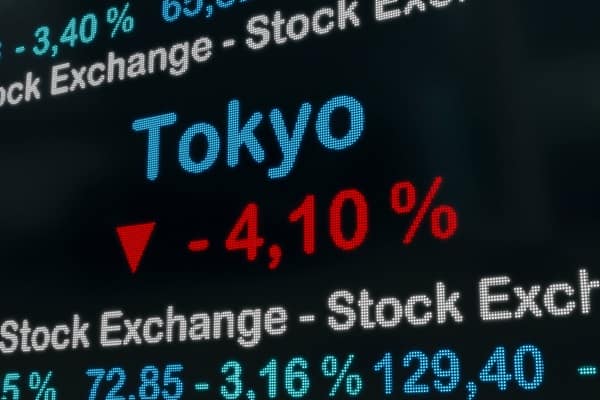
"USDJPY at one point moved toward 157.9 last week, reflecting the sharp divergence in monetary policy between the United States and Japan. However, the pair has retreated this week as the market is adjusting its expectations regarding both the Fed and the BoJ. The short-term trend of USDJPY is beginning to show signs of slowing. The key factors impacting the exchange rate are not only U.S. Treasury yields or policy differentials, but also Japan's expected policy adjustments and the clearly rising risk of foreign-exchange intervention."
"Although the USD has temporarily pulled back from the 100-point level, it still maintains certain buying momentum thanks to the relatively stable U.S. economy. In addition, the market is leaning toward the scenario in which the Fed will cut interest rates at the upcoming December meeting. The increase in rate-cut expectations has been the main reason why the USD has come under corrective pressure recently, particularly as recent U.S. inflation data shows a clear downward trend in core PCE."
USDJPY rose near 157.9 last week due to a sharp divergence in monetary policy between the United States and Japan, but retreated this week as markets adjusted expectations for both the Fed and the BoJ. The short-term trend is showing signs of slowing as drivers now include Japan's expected policy adjustments and rising foreign-exchange intervention risk, not just U.S. Treasury yields or policy differentials. The dollar retains buying momentum supported by a relatively stable U.S. economy, yet growing Fed rate-cut expectations for December and falling core PCE have pressured the USD. BoJ officials have sent more hawkish signals and Tokyo inflation staying above 2% strengthens prospects for tighter Japanese policy.
Read at London Business News | Londonlovesbusiness.com
Unable to calculate read time
Collection
[
|
...
]